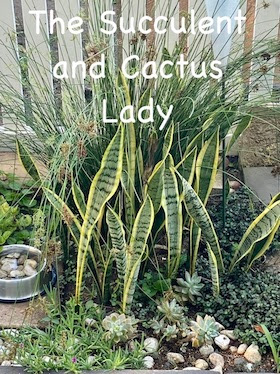Aloe thraskii (Dune Aloe)
During one of our walks on the beach at Umdloti, not far from Ballito (KwaZulu Natal), I came across these large Aloes growing right on the beach. Fascinating! Not many plants can withstand the onslaught of wind and sea spray and yet, here was this beautiful specimen absolutely thriving in these conditions. Hence the name, Dune Aloe.
Indigenous to South Africa, it is a lovely plant for coastal gardens. This Aloe is a single-stemmed plant with giant, thorny-edged leaves that curve outwards and downwards, like fleshy arches. The sturdy inflorescence's with their racemes of bright yellow flowers appear in June and July and it is one of the few aloes that will withstand wet conditions
Pronunciation : AL-loh THRAS-kee-eye
Afrikaans: Strandaalwyn
siXhosa: Ikhala
IsiZulu: Umhlaba
The Dune aloe grows fast in cultivation and is especially suited for coastal situations as it tolerates wind and salt air. It can be grown in inland gardens with mild winters and not overly damp summers.
Aloe thraskii is classed as Near Threatened in its natural habitat, due to habitat loss from urban and coastal development and illegal collecting for the specialist succulent horticultural trade. Experts estimate that 20-30% of the habitat has been lost to urban and coastal development in the last three generations (generation length 20 years). Severe storms are also likely to become more frequent with climate change, and may impact more severely on dune systems in the future.





